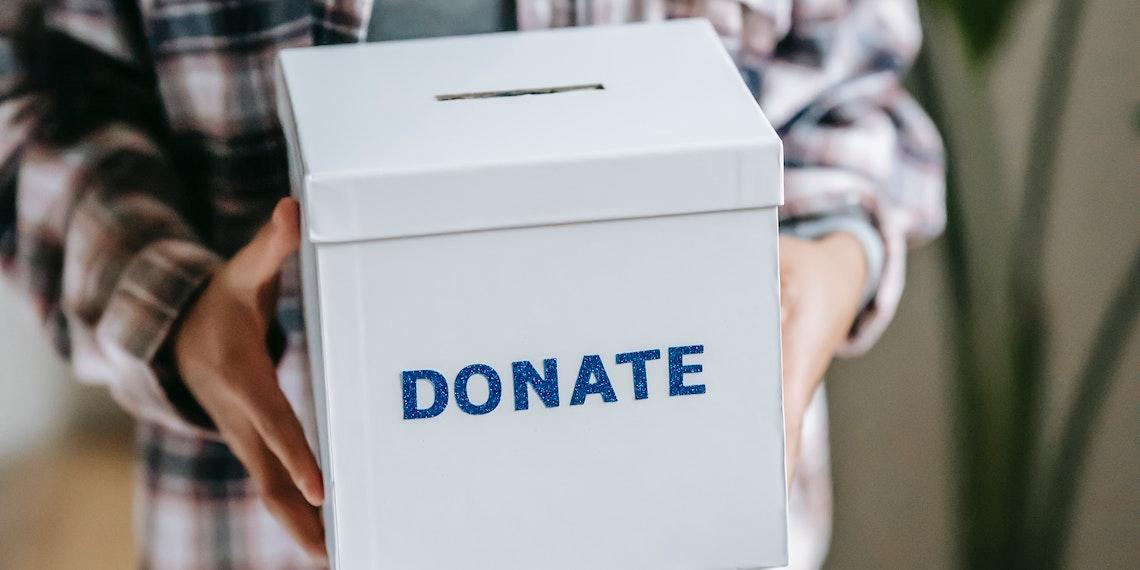New research aims to examine decision-making of donors to boost charitable giving.

Trends can be the best triggers for deep research, especially when examining the reason behind the drop in charitable giving of Canadians. That’s the focus of new research from marketing professor Dr. Juan Wang in her project, titled “How Do Donors Make Use of Publicly Available Information about Charities to Make Donation Decisions?” The initiative recently received a SSHRC Insight Development Grant.
Observed by the Canadian Generosity Index, charitable giving as dropped between 2009 and 2019, and became even worse during the pandemic. Since people become even more discerning during these times of uncertainty, a first focus for Dr. Wang was to investigate how potential donors viewed the information that charities posted on their website. One factor was the perception around the number of projects that an organization posted. Another was whether the charity shared the resources they had received. Are donors doing the mental math to judge whether an organization was overextending itself and could truly carry out all their projects? Dr. Wang theorizes that they are, and that this may have an effect on their faith that the organizations could meet their goals.

“If an organization has lots of resources, no matter where they are coming from— government, or the general population, or wherever—and they make an ambitious goal, this will lead consumers to perceive they're more competent and are willing to contribute more,” says Dr. Wang.
“Alternatively, we see that for those organizations that have relatively less resources, but are committed to fewer projects also gain contributions, because that combination makes people think they are reliable, making the most of their resources.” It’s the middle ground, Dr. Wang argues, where organizations may be overcommitting to their projects, raising skepticism of donors.
Although she’s at the beginning of her investigation, Dr. Wang’s graduate student has already done some testing that bear out her theories, so the new project will aim to grow that data set, as well as explore a greater variety of scenarios. And while the application to charitable giving is new, the work fits with the focus of Dr. Wang’s overall research program on how consumers learn and evaluate new products and new experiences, as well as consumer information processing in relation to consumer-brand relationship.
Specifically, the new project calls on her previous research on how people react when offered a variety of options to the charitable space. “I’m applying my knowledge of variety seeking into the charity context, looking into whether supporting 15 programs versus three or four programs is preferable to our donors, or whether there are conditions to that” she explains. Ultimately this will help to learn how donors feel best about their decision making, and how charities can position their offerings to increase that confidence and consequent giving.
In terms of methodology, Dr. Wang plans to approach the experiment in a couple of ways. One will mine information from existing charitable websites and examine their programs plus donor comments to analyze support and criticism for various projects. The other approach tests how users react to hypothetical charities, where she will include variables such as number or programs and size of charity. The use of hypothetical charities will help to sidestep any bias that comes from existing name recognition for already established charities (SickKids hospital in Toronto as an example).
Yet another aspect of the project that Dr. Wang is eager to highlight is the fact that both experiment styles will involve a training opportunity for her students, in planning and setting up the experiments as well as in coding and analyzing data when scraping the existing charity sites. “I hope the text mining will help our students get more exposure to this new methodology.”